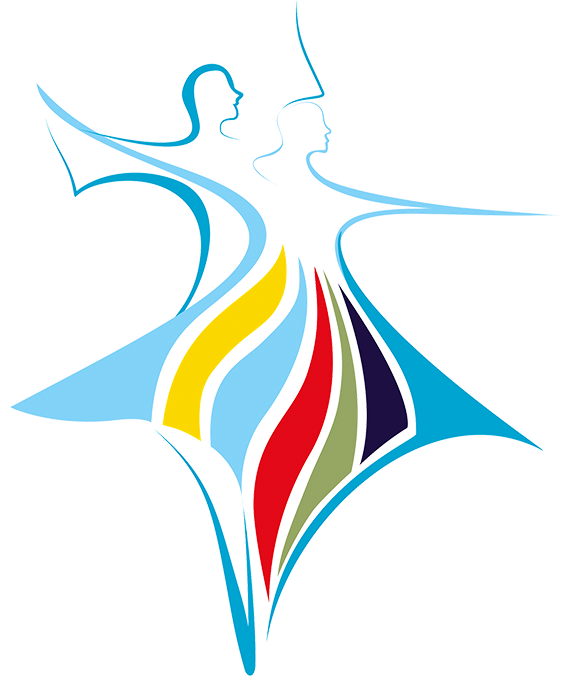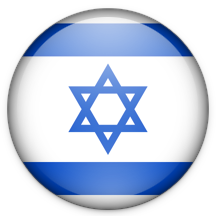- Home
- Rokdim-Nirkoda 118
- Will We Have Our Own Original Folk Dances?
Will We Have Our Own Original Folk Dances?
On the beginning of the creation of Israeli dance in the Land of Israel
- Translation: Ruth Goodman
- Translation: Allen King
Strange, but understandable: a people returning to their land and to nature, needs an unproblematic simple, strong, healthy, social dance. There was none of this ilk among the original Jewish diaspora dances; they took it from a village of another people[1] – the foreign dance became an expression – not original but true – of our existence.
And the popular and beloved dances other than the Hora? Not a single one of them is of Diaspora Jewish origin either. Most, if not all of them, are borrowed from the various peoples who used to host us: Circassians, Russians, Poles and others (Tcherkessia, Krakoviak, Polka, etc.).
Should we regret this? No more than in all other areas of our art. We still do not have – nor can we have – an original individual style in any artistic genre. We do not have a large treasury of folk songs that live on in the mouths of the people, so how can we expect to have an original folk dance?
But the folklorist goes on and asks: How will a Jewish-Israeli folk dance be created in the Land of Israel? And the answer, like most of our questions: Hope for the future. Generations will arise that will not be burdened with foreign influences as we are. They will create their own way of life – and from it, virtually effortlessly, the suitable folk dance will blossom; it will bear the mark of the Land of Israel, the strength of its soil and the existence of its people.
But what will we do in the meantime? Two action items: First: a systematic collection of our folklore treasures, without which they are doomed to extinction. Second: taking advantage of the fact that we have been guests among all the peoples of the world. We will dance those dances of theirs that are most suitable for us. Perhaps here there is a pantheon of sorts of the dances of the nations. Ben-Shemen sets a fine example in this direction. Why should we accept in Israel only the dances of the Romanians, the Russians and the Poles? We will also learn from the Hungarians among us, from the English, the Scandinavians, etc.
And let us not fear that engaging in the dances of other nations will interfere with our own folk dance, which will be created in the future. If the people of Israel live a healthy and normal life and if global civilization even allows for the possibility of folk dancing – our original dance will emerge as well.
These were my thoughts in 1938! Twelve years have passed since then, and in the last five years, our dances have undergone a powerful development. What was said then about the historical origins of our dances remains valid, but the approach to the question of originality has changed completely. We soon realized that we had to choose either a “pantheon of the dances of the nations” or our own original dance that needed to be developed. We chose – and abstained from – the “pantheon “. We turned our backs on the dances of other nations, fought against their dissemination, demanded that the instructors and the organized youth spread only our own dances. We were a small handful of people who did not have the patience to wait until generations would come, in which the appropriate folk dance would flourish, without special effort – our own original dance. We began to accelerate the salvation; we tried to create. We sought out elements of our own original movement, the fundamental and elemental character of Israeli dance.
And already a picture of the character and style of our new dances is emerging before our eyes. Here we enter into the thick of the problems. Without a doubt one fact exists: These dances have their own special character and hue. A second fact: It is not yet possible to accept their style and define it as something clear and specific. Various and numerous influences are at work and leave their marks. Elements from the West and the East intersect and merge but have not yet reached complete unity from a single mold.
Elements from the “Hora” are evident in a number of new circle dances (Hora Agadati, Mechol Sarid, Harmonica, Im Hupalnu etc.). The Arab debkas have enriched the creation of many new dances of our own (Mechol Ovadia, Hanoded, Ken Yovdu, Debka Gilboa, Debka Rafiach, etc.)
The partner dances that the youth are most interested in were influenced and enriched in part by Europe (HaKotzrim, Har Vekar) in part by Yemenite movements and their style (El Ginat Egoz, Mecholot Hashnayim (Dodi Li and Iti Milvanon) and in some, no particular influence is evident, Bo Dodi).
Among the Jews of Eastern Europe, the one [dance] that has been spared and cherished in the Land as a unique and precious asset thus far – the “Sherele”, a square dance, is currently danced as a wedding dance in many communities. On the other hand, the influence of Yemenite dance on our dances is increasing. Many of their own dance steps, body movements, and handholds have made their way into our dances and determine their style.
The picture is very diverse and rich, and perhaps too much so, if we compare ourselves with other peoples with a typical development of tradition. We create and offer a large number and variety of dances out of hope and recognition that the people and history will filter everything: the unsuitable will be forgotten on its own, and the suitable will be preserved as a national treasure. This is how a tradition will be formed. Within a generation or two no one will know our doubts and concerns about our style, as it will be a living and existing fact. We are the generation of the beginning and the transition, with all the joy of searching and creating and all the suffering due to the doubts and impatience that this entails. So, it is in all genres of art and life, and so it is in dance as well.
In two related genres we are still undecided more than in dance: in the areas of music and costume.
Every nation possesses its national musical instruments, every village in the world its orchestra – we have neither one nor the other. We take from what is available to us: here an accordion, there a Neapolitan orchestra, here a piano (which is not a folk instrument at all), there a symphony orchestra in miniature – to accompany folk dances.
Our dance melodies, most of which are songs with lyrics, are also, like the dances, highly diverse[2] : some are European, some are Mizrachi, and in some of them – which are few in number and very dear to us – we feel the new Israeli tone. (Shall we call it a Semitic tone?). How exactly the dances should be accompanied, how these melodies should be performed – no one knows. The laws of European harmony in many cases are clearly not appropriate, but it is not clear what should replace them.
What kind of instrumental ensemble do we need? How can we acclimate the hearing of the musicians to playing together in joint improvisation, as rural orchestras throughout the world do, among the Blacks and among the Russians, the Indians and the Scots? Should they learn notes and receive printed material instead of accompanying themselves by improvising based on musical feeling and rhythmic harmony? Perhaps we should think about creating our own special new instruments and instrumental ensembles, which will suit our melodies, our kibbutzim, our dances? Regarding all these problems we are still at the beginning.
Even concerning the question of holiday clothes and dance clothes for the village, we are at the beginning. And here, in our efforts to create our own special style, we clash with a huge and powerful global force: fashion. Can we compete with the attraction of the “ideals” from Hollywood, of the concepts of beauty in magazines? We should not force people to wear clothes according to our calculated sketches, according to the stylistic suggestions of a group of artists or researchers. The suggestions must please everyone in order to become a tradition. The very question: what the style of our dance clothes should be remains unresolved.
It is desirable that it contain both contours from the Bible and modern contours. And to find this harmony with regard to men’s clothing is even more difficult than with regard to women’s clothing.
There is no lack of problems, but the question of all questions, the existence of our folk dance, has already been decided in the affirmative. And if we think about the short period of development so far, a period of five years – we must admit that we are now facing one of the wonders in the chain of wonders that marks the revival of the People of Israel in their land.









Comments
התראות